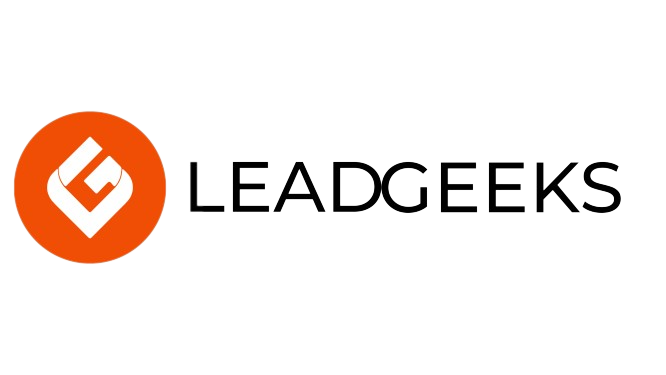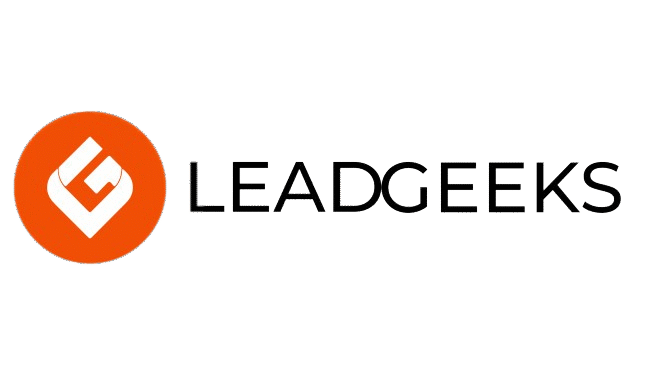How to Build Effective Life Science B2B Lead Generation Process
In the highly competitive life sciences industry, generating qualified leads isn’t just about outreach—it’s about building a repeatable, scalable process that aligns with how scientists, researchers, and decision-makers actually evaluate new solutions. Unlike general B2B markets, life science buyers follow a longer, evidence-driven decision cycle. That means life science B2B lead generation requires a tailored approach that blends precision targeting, the right platforms, automation, and human connection. This guide breaks down how to build a process that scales without sacrificing personalization or quality. Mapping the Buyer Journey in Life Sciences Life science companies sell into complex ecosystems; from lab researchers and procurement teams to principal investigators, compliance officers, and executives. Each stakeholder plays a role in the buying decision, and understanding their journey is the cornerstone of building a scalable life science B2B lead generation process. Unlike simpler B2B markets, the life sciences buying journey is long, evidence-driven, and requires nurturing at multiple touchpoints. Here’s how it typically unfolds in practice: Awareness Stage: Spotting the Problem At this stage, prospects realize they have a challenge; whether it’s reducing experimental errors, improving lab efficiency, or sourcing more reliable reagents and equipment. However, they are not yet solution-focused; they’re seeking clarity. The goal here isn’t to sell but to become the trusted guide they turn to as they define their problem. Consideration Stage: Comparing Solutions Once prospects know what problem they’re solving, the journey shifts into comparison. Buyers begin evaluating possible vendors, looking for technical credibility, proof of reliability, and peer validation. In life sciences, trust often depends on scientific rigor—not flashy marketing. Here, the key is answering: “Why your solution—and not a competitor’s?” Decision Stage: Enabling the Final Step By this stage, buyers have shortlisted vendors and are close to purchase; but procurement in life sciences is rarely a single decision. Researchers may need to convince procurement teams, while executives weigh ROI and compliance risks. The decision stage is less about persuasion and more about removing friction so stakeholders can confidently say “yes.” Why This Matters for Lead Generation Without mapping these stages, even the most sophisticated outreach falls flat. Sending a demo invite to a scientist still defining their problem feels pushy, while sending an awareness-level eBook to someone at the procurement decision stage wastes a hot lead. By aligning outreach, content, and touchpoints with each stage, you ensure your life science B2B lead generation process delivers the right message at the right time; making every touchpoint feel relevant rather than sales-driven. Tools and Platforms that Streamline Outreach Life science B2B lead generation becomes overwhelming when outreach efforts rely solely on manual processes. Sales reps can waste hours switching between spreadsheets, email inboxes, and LinkedIn tabs without ever creating meaningful engagement. That’s where the right tools and platforms come in—making outreach more efficient, scalable, and measurable. CRM Systems for Centralized Management A Customer Relationship Management (CRM) system is the backbone of any scalable lead generation process. Platforms like HubSpot, Salesforce, or Zoho allow you to: In practice: A sales team at a biotech services firm can use their CRM to see that a prospect downloaded a white paper two weeks ago, then opened an email about case studies. Instead of cold-calling, the rep knows to tailor outreach around the research challenges that prospect is already showing interest in. Email Automation Platforms for Personalization at Scale Generic email blasts rarely resonate in the life sciences. Tools like Mailchimp, Outreach.io, or Reply.io enable personalized sequences without requiring manual copy-paste work for every lead. These platforms allow you to: In practice: A life science vendor can create one sequence tailored to lab managers that emphasizes workflow efficiency and another for procurement officers that highlights bulk discounts and supplier reliability. LinkedIn Sales Navigator for Precision Targeting For life science companies, LinkedIn Sales Navigator is a game-changer. With its advanced filters, you can: In practice: If a bioprocessing company posts a job ad for a new lab automation engineer, that’s a strong signal they may need equipment or software. Sales Navigator alerts you so your team can reach out at the right time. Data Enrichment Tools for Smarter Outreach Contact data in life sciences often gets outdated quickly as researchers move labs or companies merge. Tools like ZoomInfo, Lusha, or Clearbit enrich and update your lead database by: In practice: Instead of guessing which scientist has budget authority, enrichment data can help you identify whether the head of procurement or the principal investigator is the right point of contact. Marketing Automation for Nurturing Long Cycles Life science sales cycles can stretch for months or even years. That’s where marketing automation platforms like Marketo, Pardot, or HubSpot Marketing Hub prove invaluable. They: In practice: A CRO (Contract Research Organization) might nurture biotech startup leads with quarterly newsletters showcasing successful client studies, then escalate only those who repeatedly engage to the sales team. The right stack of outreach tools doesn’t replace human connection; it ensures your team spends less time on admin tasks and more time building relationships. In life science B2B lead generation, where credibility and timing are everything, this efficiency makes the difference between wasted effort and a scalable, repeatable process. Data-Driven Targeting: ICPs, Segmentation, and Lead Scoring One of the most common reasons life science B2B lead generation efforts stall is poor targeting. Casting too wide a net leads to wasted resources, while being overly narrow limits opportunities. The solution is a data-driven approach that combines Ideal Customer Profiles (ICPs), segmentation, and lead scoring into a system that prioritizes the right accounts and contacts. Defining an ICP That Goes Beyond “Biotech” In life sciences, an ICP (Ideal Customer Profile) can’t stop at broad categories like “biopharma companies” or “academic research labs.” You need to be more surgical. Consider attributes such as: A strong ICP ensures your team aligns on what a “high-value prospect” looks like, and it gives outreach a sharper focus. Segmentation: Speaking to Roles and Needs Once the ICP is set, the next step is segmentation. Life science sales cycles typically











